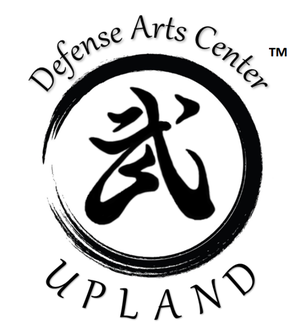JUDO
Teens and Adults
One to two classes per week, days and times to be decided
Class Fee: $50.00 per month
Sign-up / Call-back lists are being made now:
Please let Sensei Ty know if you are interested and what class times work best for you
from: A History and Style Guide of Judo
The History of Judo
The history of judo starts with Japanese jujutsu. Japanese jujutsu was practiced and continually improved upon by the Samurai. They utilized the throws and joint locks common within the art as a means to defend against attackers with armor and weapons. Jujutsu at one time was so popular in the area that it is believed during the 1800’s more than 700 different jujitsu styles or systems were being taught.
But in the 1850’s Commodore Perry led the west into Japan. The guns and different ideas these foreigners brought to the area changed Japan forever and led to the Meiji Restoration in the latter half of the 19th century, a time when the emperor challenged the rule of the Tokugawa shogunate and eventually overcame it.
The result was the loss of the Samurai class and many traditional Japanese values. Further, capitalism and industrialization flourished, and guns were shown superior to swords in battle.
Since the state became all-important at this time, highly individualized activities like martial arts and jujutsu declined. In fact, during this time many jujutsu schools disappeared and some martial ideas and practices were lost.
Which led the world to judo.
Dr. Jigori Kano : The Inventor of Judo
Jigori Kano was born in the town of Mikage, Japan in 1860. As a child, Kano was small and often sickly, which led to his study of jujutsu at the Tenjin Shinyo ryu school under Fukuda Hachinosuke at the age of 18. Kano eventually transferred to the Kito ryu school in order to study under Tsunetoshi Iikubo.
While training, Kano, whom eventually earned the name Dr. Jigori Kano, started to formulate his own opinions regarding martial arts. This eventually led him to develop a martial arts style all his own. In principle, this style sought to utilize an opponent’s energy against them and eliminated some of the jujutsu techniques he deemed dangerous. By doing the latter, he hoped that the fighting style he was refining would eventually gain acceptance as a sport.
At the age of 22, Kano’s art came to be known as Kodokan Judo.
His ideas were perfect for the times he lived in. By changing martial arts in Japan so that they could be sports and teamwork friendly, society accepted judo.
Kano’s school, called the Kodokan, was established in the Eishoji Buddhist temple in Tokyo. In 1886, a contest was held in order to determine which was superior, jujutsu (the art Kano once studied) or judo (the art that he had in essence invented). Kano’s students of judo won this competition easily.
In 1910 judo became a recognized sport; in 1911 it was adopted as a part of Japan’s educational system; and in 1964 it became an Olympic sport, giving credence to Kano’s long ago dreams. Today, millions of people visit the historic Kodokan Dojo every year.
Characteristics of Judo
Judo is primarily a throwing style of martial arts. One of the main characteristics that sets it apart is the practice of using an adversary’s force against them. By definition, Kano’s art stresses defense.
Though strikes are sometimes a part of their forms, such maneuvers are not used in sport judo or randori (sparring). The standing phase when throws are employed is called tachi-waza. The ground phase of judo, where opponents are immobilized and the use of submission holds may be employed, is called ne-waza.
Basic Goals of Judo
The basic goal of a judoka is to take an opponent down by using their energy against them. From there, a judo practitioner will either gain a superior position on the ground or subdue an aggressor by employing a submission hold.



